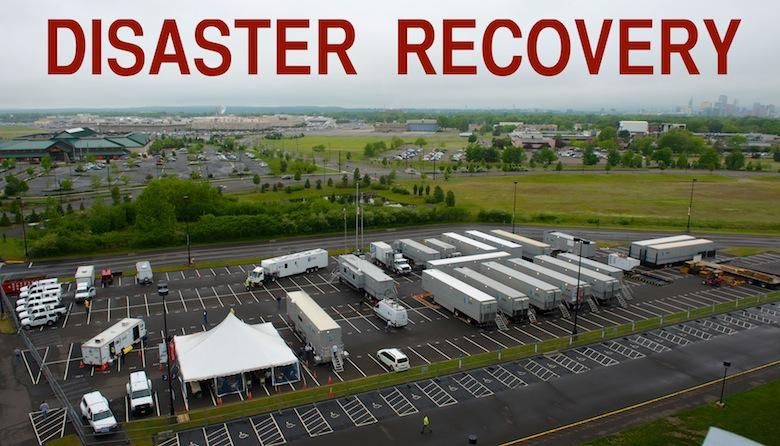We all love smartphones. Without them, Pocketnow wouldn’t exist, and my decades-old dream of living in Star Trek‘s universe of awesome pocketable gadgets would never have been realized. It’s fair to say that everyone here -editors and readers alike- understands and appreciates smartphones and other connected devices. But sometimes we take our eye off the significance of the infrastructure supporting those devices. Sure, we take a peek at carrier equipment here and there, but too often the billions of dollars’ worth of network hardware that enables our portable gadgets goes completely unappreciated. Unfortunately, it often takes a calamity, along with the associated disaster recovery efforts, to remind us that cellular networks are there – and they’re not invulnerable to attack from either natural or man-made forces.
That’s where AT&T’s Network Disaster Recovery Team comes in. When an earthquake, tornado, hurricane, or a man-made catastrophe damages or destroys part of that crucial communications infrastructure, this special division of the nation’s second-largest carrier mobilizes to get the phones ringing and the modems chirping again. Since its inception, AT&T has poured over $600 million into the program, which today boasts over 320 self-contained mobile equipment trailers manned by an all-volunteer force of engineers and network technicians. These people train constantly to make certain they’re ready to restore communications capability to an affected area as quickly as possible, and one of those training exercises is happening right now in Hartford, Connecticut.
Image courtesy AT&T
AT&T has for some time been eager to show off its network improvements, and the company was more than happy to show us around the training exercise as it unfolded next to Rentschler Stadium, just a little ways down the road from Pocketnow’s Boston offices. We were given in-depth access to most of the over thirty pieces of equipment on-site, from SatCOLTS (Satellite Cell-sites On Light Trucks) to HAZMAT trailers to huge diesel generators and more, all of it driven from a secret location to Hartford in a massive convoy – a convoy whose lone purpose is to reconnect people following a major disaster. Other wireless carriers maintain network-recovery teams, but we haven’t seen them up close. It’s hard to imagine they’d miss the opportunity to boast about them if they matched the scale of AT&T’s effort.
We were given a stark reminder of the need for teams like this one just yesterday, in the form of the devastating tornado that struck Oklahoma – and indeed, three members of the team flew from Hartford to the affected communities just this morning to do their job: repairing the network. To get a sense of just how crucial communications are to disaster management, how many resources it takes to restore them, and how dedicated AT&T is to doing so, watch our video tour below. And the next time you pull out your smartphone to check the feeds or text a friend, remember how much goes on behind the scenes to make it possible.


